Soda excels as a data quality platform. But can a validation framework take the place of true observability?
This insightful review examines what Soda is, what it delivers, and when that might be good enough.
What Is Soda.io?
Soda.io is a data quality platform that uses predefined standards for data quality to detect and prevent issues before they can affect downstream outputs.
The platform uses a declarative approach to data quality. Human-readable checks describe what "good" data looks like rather than coding logic determining what's wrong.
Data quality expectations are defined in code using SodaCL's declarative quality language. These checks run directly inside pipelines, making data quality part of the development lifecycle rather than a reactive cleanup process.
By enforcing version-controlling checks at runtime, Soda intercepts broken data before it reaches reports, models, or decision-making tools.
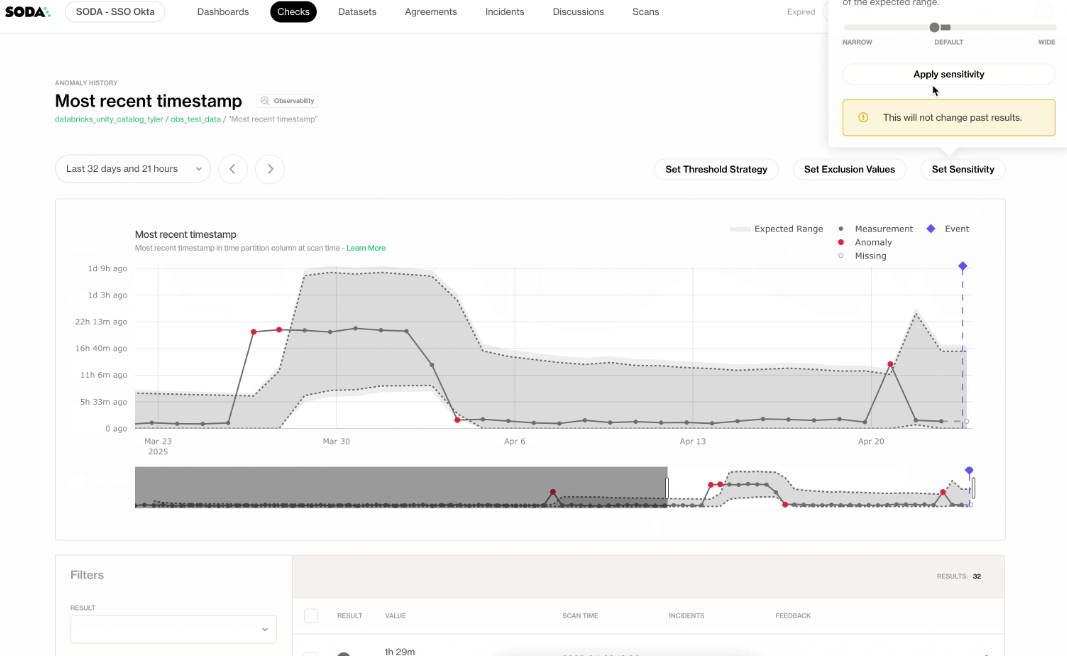
Soda's approach works well for teams that know what to test and want tight control over how data is validated. It's fast, predictable, and easy to integrate into popular pipelines like dbt, Airflow, and Dagster.
Who Should Use Soda.io?
Soda is a good choice for engineering-led teams that treat data like software.
Data quality isn't a one-off task in those environments, but part of the development lifecycle. Expectations are expressed as code, versioned in Git, and enforced automatically through CI/CD or pipeline tools.
It's a good fit when:
- Data quality lives inside the pipeline
- Domain owners can define and manage their own rules
- Precision and structure are valued over broad visibility
- CLI tools and config files are preferred over visual interfaces (drag-n-drop)
In environments like those, Soda is precision testing done right.
Soda Architecture: Core, Cloud, and SodaCL
Soda revolves around SodaCL, its declarative, YAML-based coding language for defining data quality checks.
Expectations for quality, like freshness, nulls, or row counts, are written as code and run directly in pipelines. No UI wizards, no drag-and-drop. Just clean, version-controlled logic embedded in the workflow.
Once checks are defined, they can run in one of two environments:
- Soda Core, an open-source engine, executes checks locally within dbt, Airflow, or CI/CD pipelines. It's fast and flexible, but limited to the command line. There's no UI, alerting, or centralized tracking.
- The SaaS layer, Soda Cloud, connects to Soda Core or Soda Agent to report findings, send alerts, monitor anomalies, and manage data contracts. Here, data validation is collaborative, visible, and repeatable across domains.
If you have precise standards and want to enforce them cleanly, Soda makes that possible without overcomplicating your stack.
Let's take a closer look at what you get.
Soda.io Features: What You Get with the Platform
Soda concentrates on doing one thing well: structured, pipeline-native data quality testing.
These are the feature capabilities that make that work.
Pipeline Testing
Soda runs quality checks inside your workflows: at ingestion, transformation, or deployment.
Issues are intercepted long before they reach dashboards, models, or downstream systems.
For enterprises with strong ownership and clear expectations, it's a powerful safeguard. But this isn't anomaly detection. There's no auto-profiling, metadata scanning, or inference.
You have to know what to test and how to write for it.
For engineering-led teams, that control is the selling point. For non-technical users, it could present a barrier.
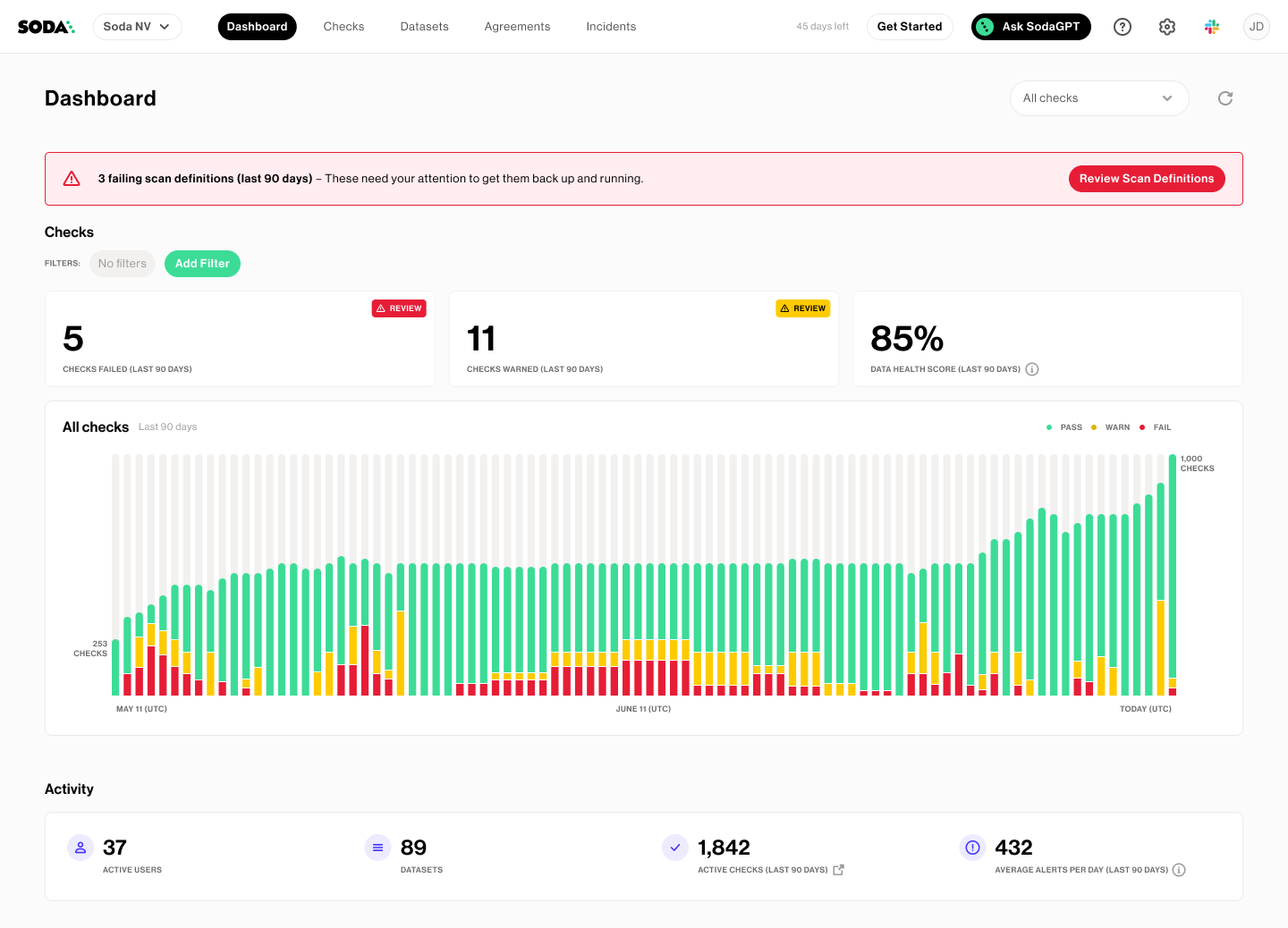
Soda’s Approach to Data Observability
Soda does offer lightweight observability through its paid tier, Soda Cloud. It tracks test results over time, monitors for drift, and uncovers basic anomalies.
With Soda Cloud, users can access dashboards, alerts, and trend lines to highlight when things go off track. It works for all known datasets with established data quality standards.
But it's not end-to-end observability.
There's no field-level lineage, impact mapping, root cause tracing, or analysis.
Unlike enterprise-grade observability, Soda's anomaly detection focuses on threshold-based checks rather than behavior-based modeling or statistical profiling. This may limit its ability to identify novel or evolving issues.
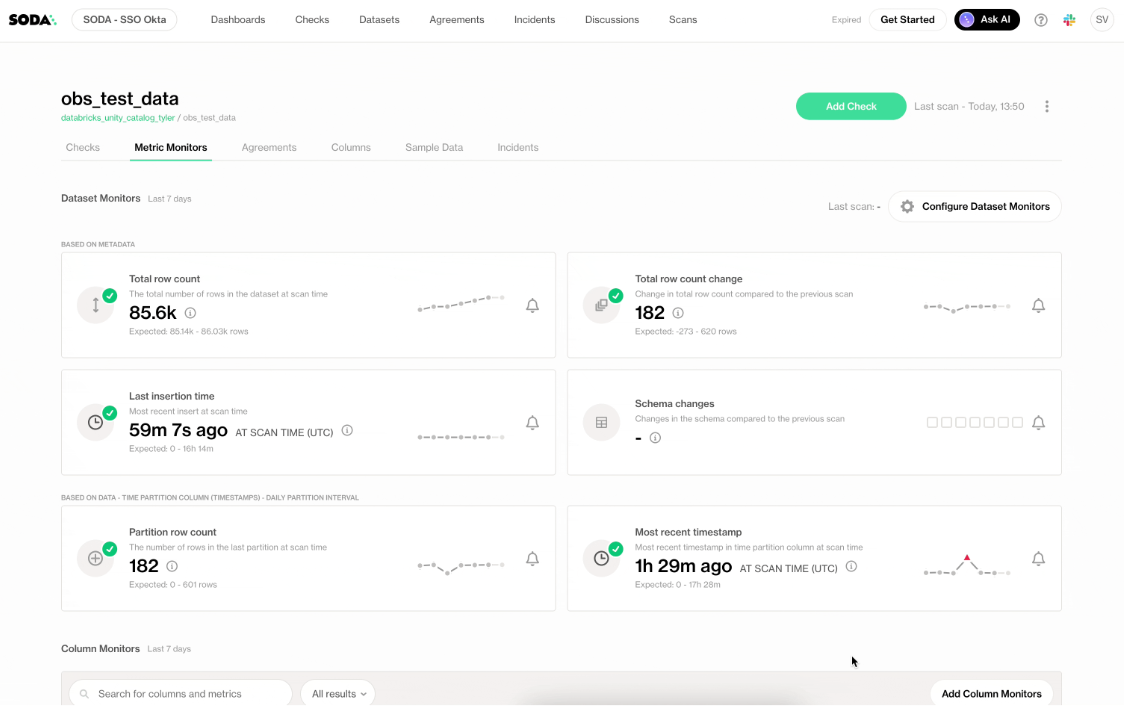
Data Contracts in Soda Cloud
In Soda Cloud, expectations for data quality between data producers and consumers become codified, enforceable agreements: data contracts.
It replaces ambiguity with clearly defined standards, assigned owners, and real consequences. When a check fails, the contract is considered broken, and designated producers and consumers are alerted immediately.
Beyond basic role assignment and alerts, Soda's Collaborative Data Contracts offer:
- Role-based visibility and notifications across data domains
- Historical insights into contract status, health trends, and violations
- A shared UI for reviewing, editing, and resolving contract issues
- Version control and audit trails
Soda Cloud’s UI makes contracts easy for technical and business users to understand. But everything (from rules to thresholds) is defined manually.
There's no schema diffing or auto-generation to guide you.
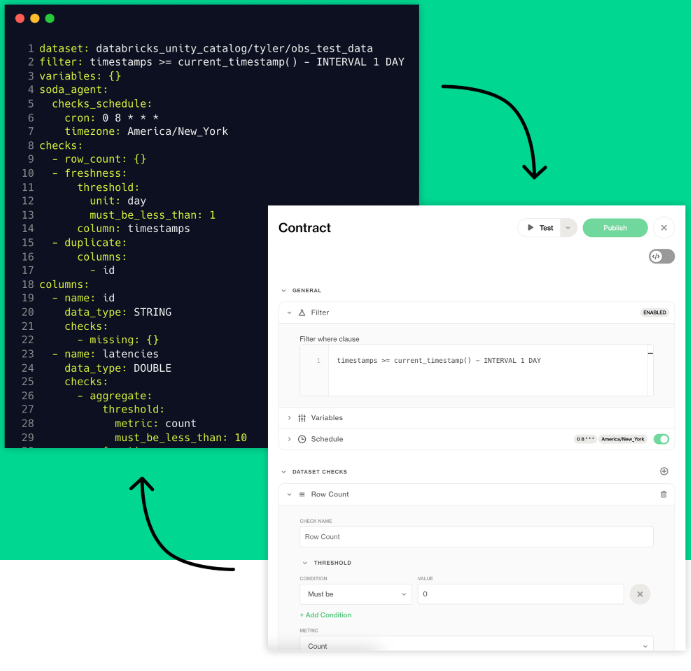
Soda GPT and AI Capabilities
Soda's AI features are still early, focused primarily on helping users write quality checks faster, not automating the testing lifecycle.
At the center is SodaGPT, a generative assistant that turns natural language into SodaCL. You might type, "Check that new orders have customer IDs and no duplicates." SodaGPT will return a simple, editable YAML block ready to deploy.
It's a practical starting point, especially for those not fluent in YAML. Still, its functionality is limited.
Soda is also experimenting with AI-assisted anomaly detection and classification to find outliers outside defined checks, but these capabilities are still evolving.
For now, Soda's AI serves as a speed boost. You still need to define and review output manually. But for teams that want the control of code without writing every check by hand, it's a promising start.
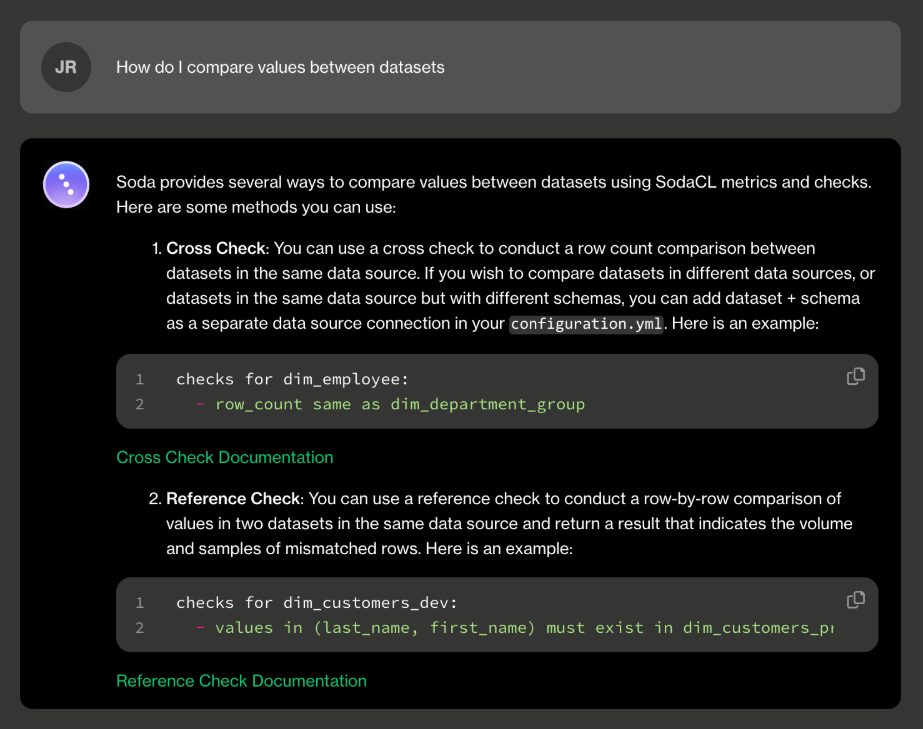
Soda.io Reviews: What Real Users Say
⭐⭐⭐⭐ G2 4.4/5
The overall sentiment is mainly positive, especially among engineers who value structure, control, and smooth integrations with orchestration and CI/CD workflows.
Reviewers universally praise the platform's signature strength: its declarative approach to data quality. Defining standards as code, versioning them in Git, and running checks early in the pipeline is simple, yet brilliant.
Despite being a code-first tool, Soda receives high marks for its ease of use. The CLI is smooth, its YAML syntax intuitive, and workflows fit neatly into dbt, Airflow, and Dagster.
Soda Core is open source and free to use, offering a fast, local engine for validation. But many of Soda’s key features like dashboards, alerting, anomaly detection, and data contracts, require Soda Cloud. While users appreciate the transparent, dataset-based pricing and generous free tier, several caution that understanding what each tier includes is important to avoid surprises as your usage grows.
Pros and Cons
Soda delivers real value for teams who know exactly what they need.
Here's what you should expect and where expectations sometimes fall short.
Pros
- Pipeline-native validation
Soda is purpose-built for validation inside pipelines. It fits neatly into most pipeline orchestration workflows with no architectural overhaul required.
- Codified data quality with SodaCL
SodaCL provides a clean way to codify expectations: readable, testable, and Git-native. It brings engineering discipline to data quality.
- Flexible deployment: Core and Cloud
Start with open-source Soda Core. Layer on Soda Cloud when you need dashboards, alerts, or contracts. There's no lock-in until you're ready.
- Collaborative quality enforcement
Shared dashboards, producer/consumer roles, and domain ownership tools offer a clear model for accountability.
- Fast setup and developer experience
Fast implementation, intuitive CLI, and smooth integrations define Soda. The platform is a natural fit for teams already practicing data as code.
Cons
- Manual rule definition required
SodaGPT can help translate natural language into tests, but it won't tell you what to test. You still need a clear understanding of your data and what "good" looks like. For experienced teams, that's a strength. For others, it may feel like a barrier.
- No root cause analysis or lineage
Soda includes data observability in its product descriptions, but falls short of what most teams expect from a true observability platform.
There’s no field-level lineage, impact tracing, or root cause analysis. If something breaks downstream, Soda won’t show you how it happened, what it affected, or why it matters.
What it does offer, predefined checks and threshold-based alerts, is well executed. But it’s not real-time behavior monitoring or automated tracing of cross-system issues.
- Basic anomaly detection capabilities
SodaGPT and drift checks offer a starting point, but functionality is limited. There's no profiling, no schema diffing, and no automated suggestions.
- Limited documentation and connector support
Soda works well with the most common environments, but users report difficulties with nonstandard setups. Gaps in documentation and connector support can slow down onboarding and troubleshooting.
- Advanced features require Soda Cloud
Soda Core is free. However, key features, including alerts, dashboards, and data contracts, are gated in Soda Cloud.
Soda doesn't try to be everything, and that's part of its appeal. But if you're wondering whether it's enough, the real question is this:
Is Soda Right For You?
Soda is well-suited to teams with strong internal standards and clearly defined checks. It brings precision and control where expectations are well established.
But real-world data problems don't always announce themselves in advance.
That’s where data observability platforms like Sifflet go further, catching unseen drift, tracing domain-level impact, and surfacing root causes with clear links to business outcomes.
If you're starting to feel the limits of check-based testing, it might be time to explore observability that's always on, accessible to everyone, and built for scale.
Learn more about how Sifflet makes data trust visible, scalable, and actionable through its Native-AI Observability platform here.




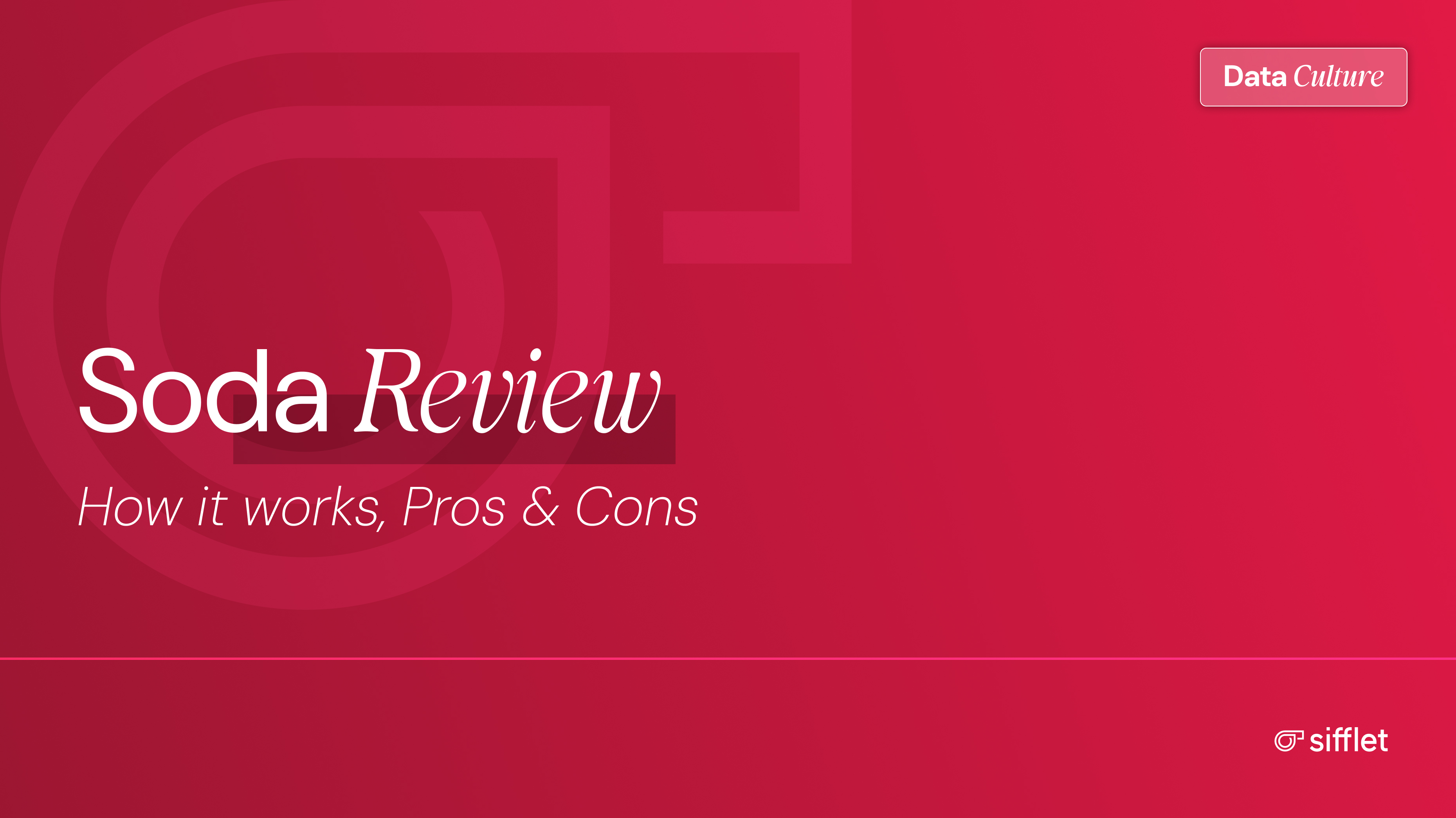
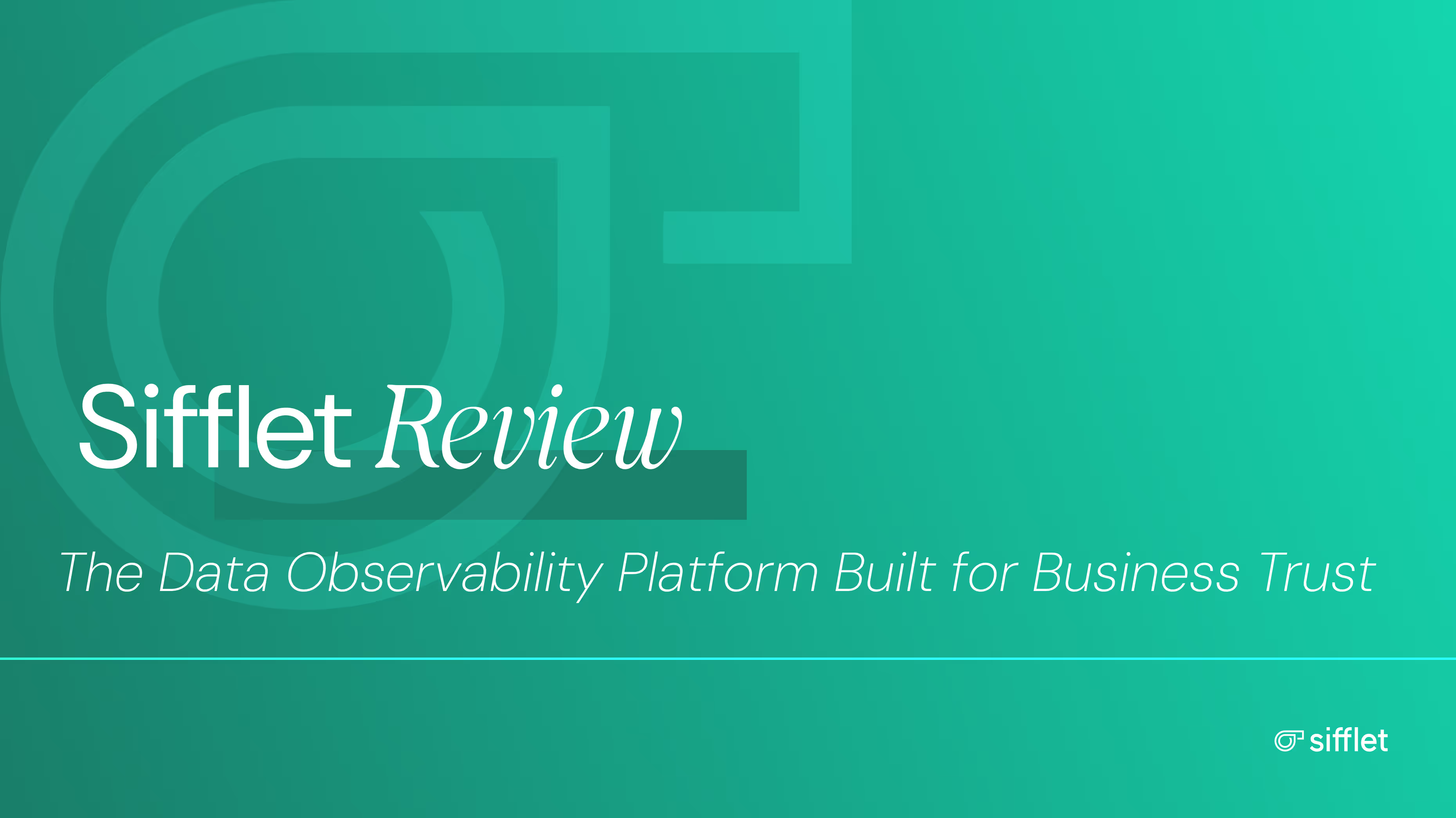
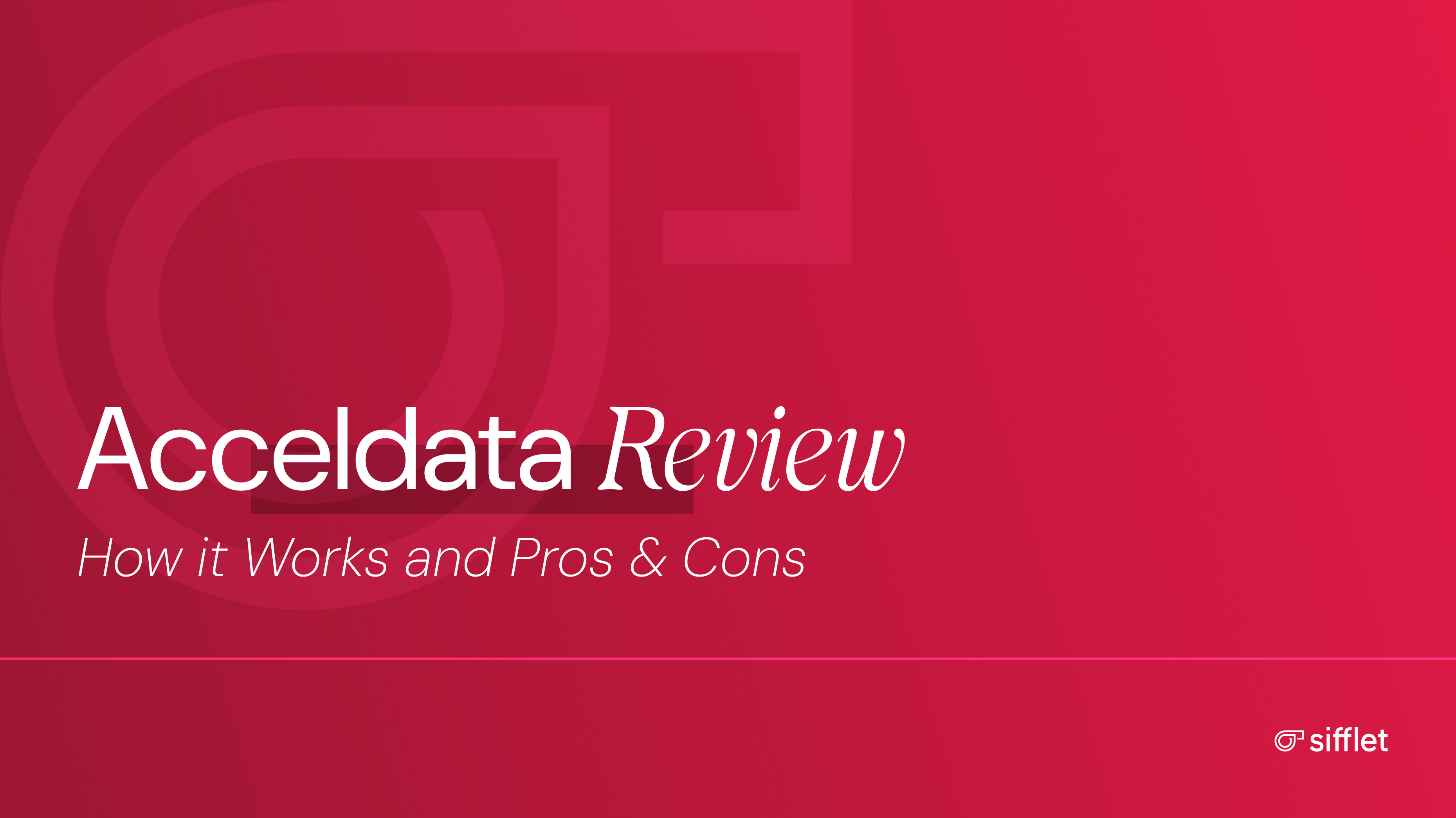
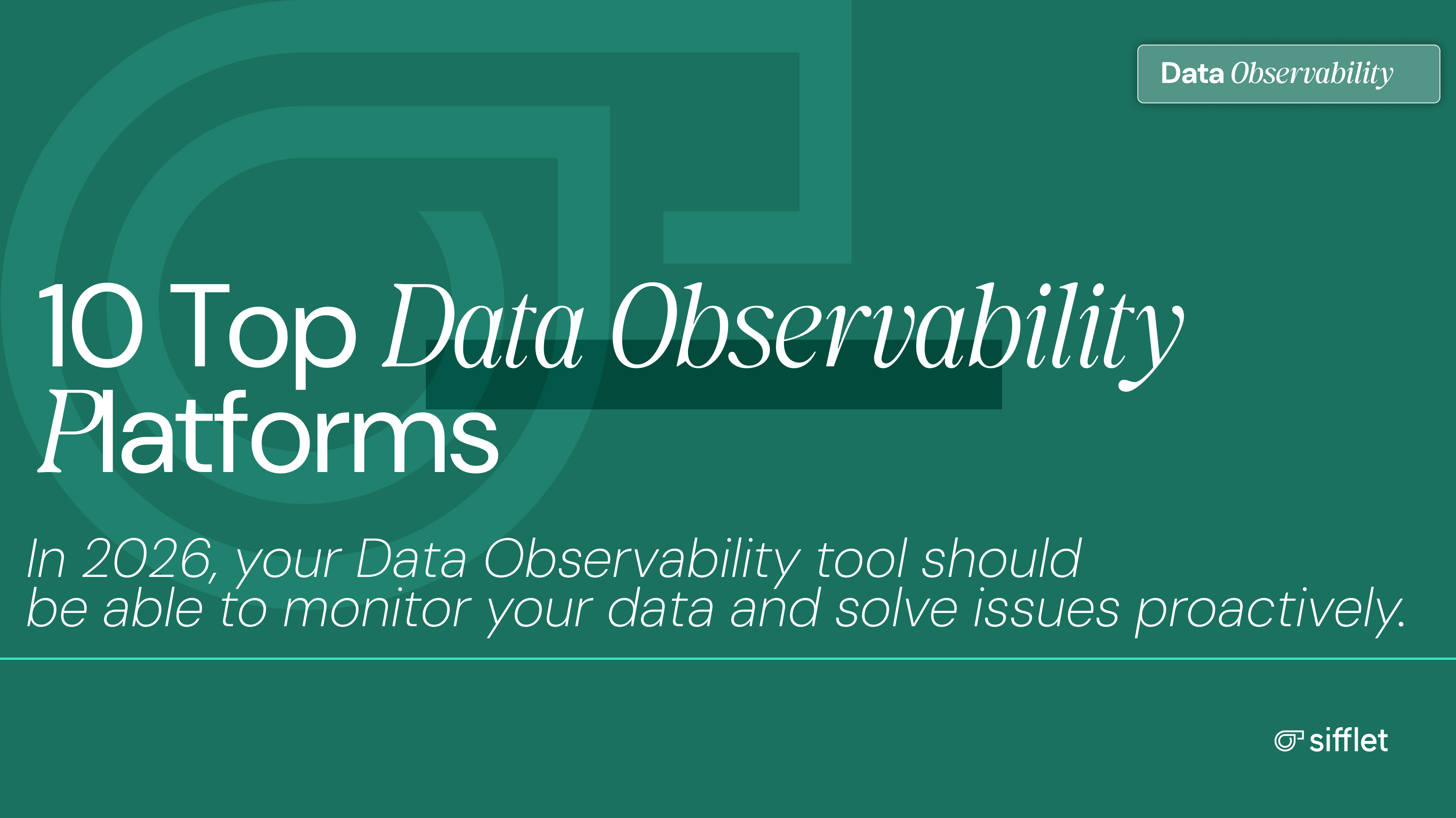

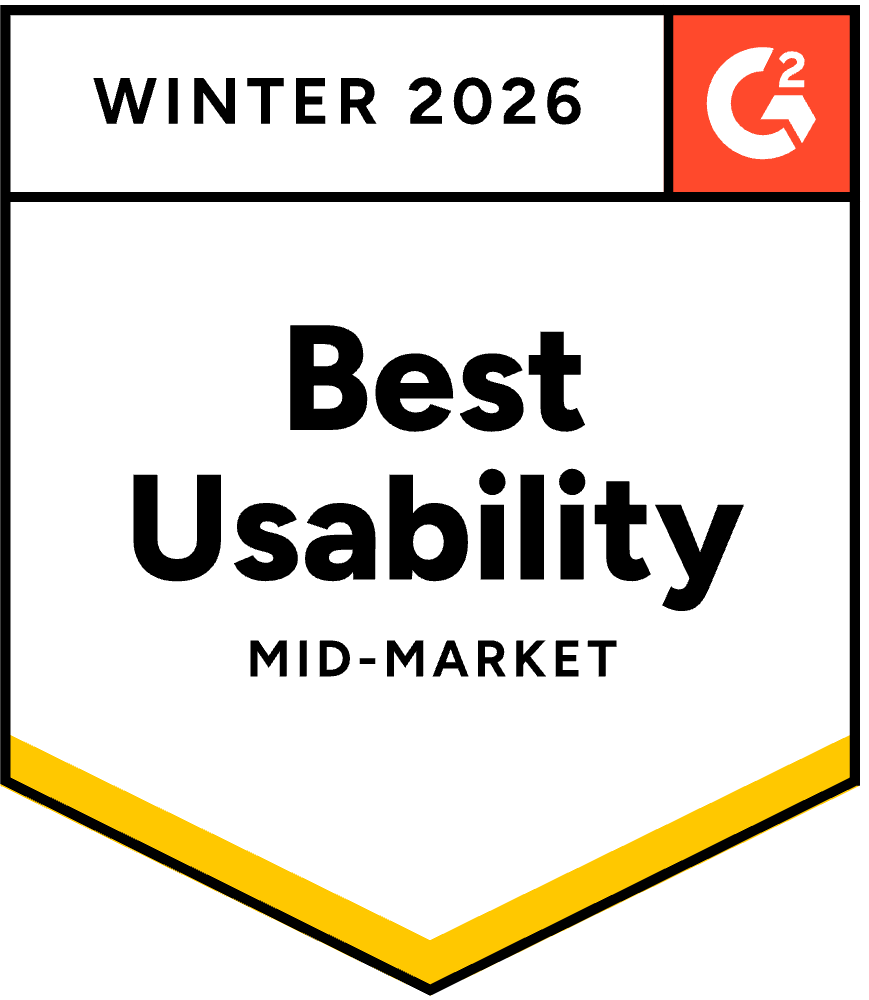




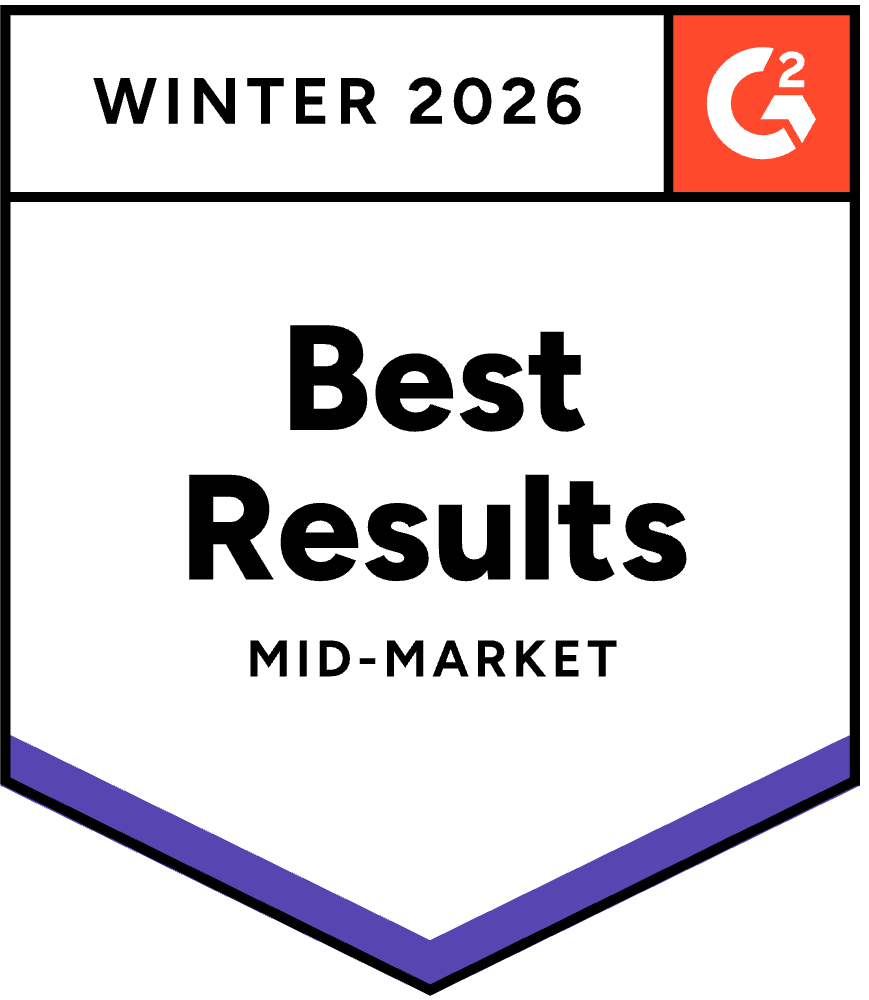






-p-500.png)
